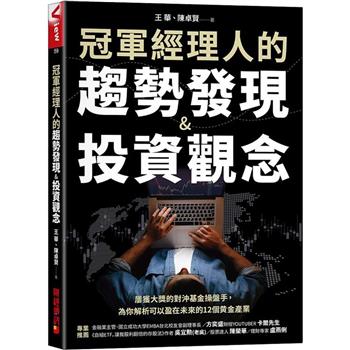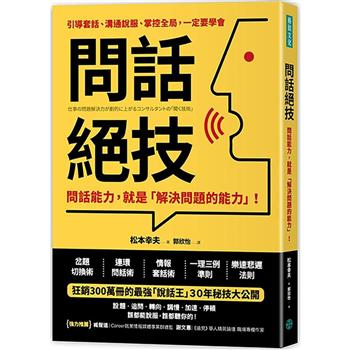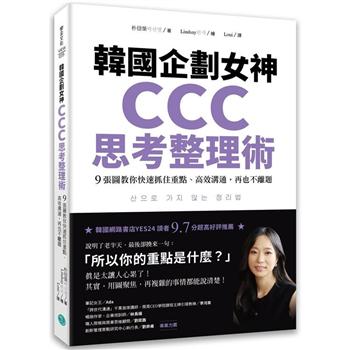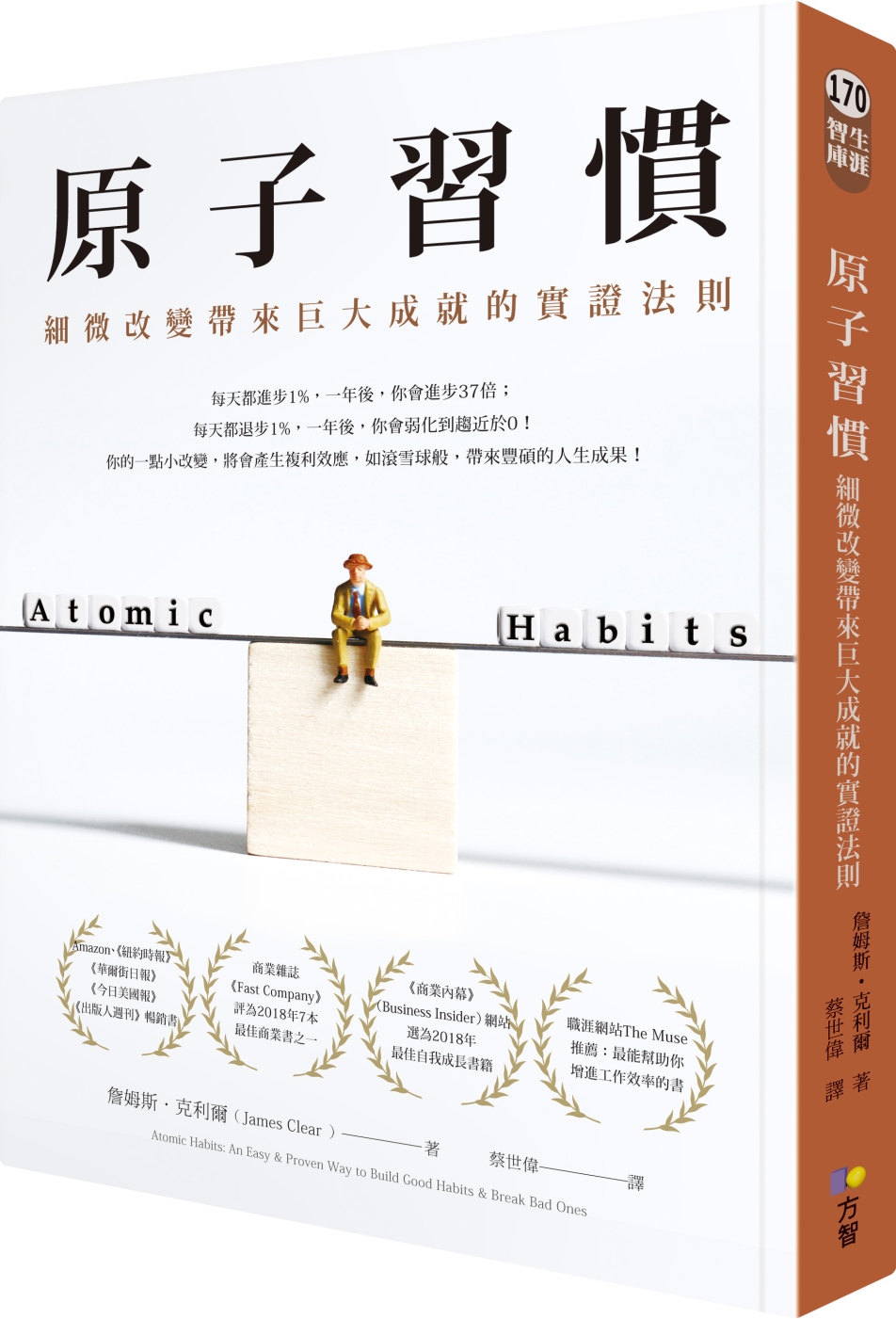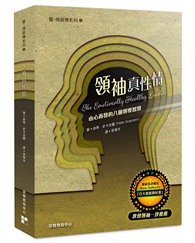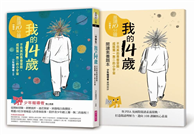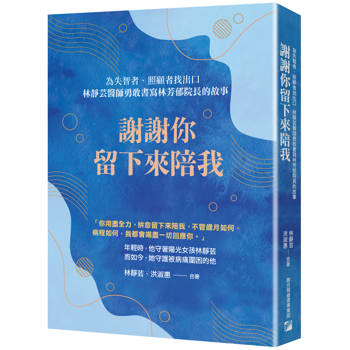“The Man of Property, †the first novel in John Galsworthyâ€(TM)s celebrated “Forsyte Saga, †introduces readers to the wealthy and influential Forsyte family. At the heart of the story is Soames Forsyte, a man of unwavering conviction in the importance of property and possession. His marriage to the beautiful but unfulfilled Irene is a testament to his desire to own and control the things he values most.
As Irene finds herself increasingly stifled by Soames’ possessiveness, she seeks solace elsewhere, leading to a complex and ultimately destructive love triangle. Galsworthy masterfully portrays the societal constraints and moral ambiguities of the Victorian era, exploring themes of love, marriage, and the corrosive effects of materialism.
“The Man of Property†is a timeless exploration of human relationships and the enduring struggle between personal freedom and societal expectations, making it a compelling read for anyone interested in classic literature and social commentary.
This work has been selected by scholars as being culturally important, and is part of the knowledge base of civilization as we know it. This work was reproduced from the original artifact, and remains as true to the original work as possible. Therefore, you will see the original copyright references, library stamps (as most of these works have been housed in our most important libraries around the world), and other notations in the work.
This work is in the public domain in the United States of America, and possibly other nations. Within the United States, you may freely copy and distribute this work, as no entity (individual or corporate) has a copyright on the body of the work.
As a reproduction of a historical artifact, this work may contain missing or blurred pages, poor pictures, errant marks, etc. Scholars believe, and we concur, that this work is important enough to be preserved, reproduced, and made generally available to the public. We appreciate your support of the preservation process, and thank you for being an important part of keeping this knowledge alive and relevant.


